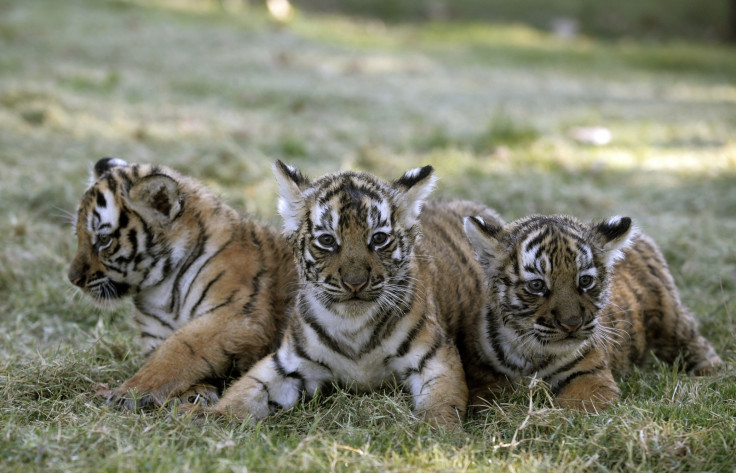India: Tiger headcount shows almost 30% rise in numbers over three years

India's latest tiger census has shown around 30 percent rise in the tiger population over the last three years.
Conducted in 2014 using more than 9700 cameras, the survey accounted at least 2,226 tigers in forests across the country, from the 1,706 counted in 2011.
India has over 70% of the world tiger population.
"Never before such an exercise has been taken. We have unique photographs of 80% of the tigers," said environment minister Prakash Javadekar on Tuesday, hailing the numbers as a huge success story resulting from sustained conservation efforts.
Tiger census is carried out every three years by the National Tiger Conservation Authority (NTCA) in the country.
The latest figures show that the state of Karnataka has the highest number of young tigers at 408, followed by 340 in Uttarakhand, 308 in Madhya Pradesh, 229 in Tamil Nadu, 190 in Maharashtra, 167 in Assam, 136 in Kerala and 117 in Uttar Pradesh reports the Times of India.
The tiger census marks five major landscapes in the country -- Shivalik-Gangetic Plains, Central India and Eastern Ghats, Western Ghats, North-Eastern India and Sunderbans.
However, despite the latest numbers, there have been increasing instances of tiger deaths reported from outside protected parks.
Half the reported deaths of 274 tigers in the last four years have been from areas outside tiger reserves and more than 70% of the total deaths are due to poaching or reasons unidentified.
In 2006, tiger numbers dipped to an alarming 1,411 from over 3,000 in early 2000, prompting the formation of the Tiger Task Force to tighten protection measures.
While habitat loss is a primary reason for tigers dying – 93% of their forest territories have been destroyed – poaching is the other major reason for tiger populations falling from approximately 100,000 in the early parts of last century to the dismal thousands at present.
© Copyright IBTimes 2025. All rights reserved.





















